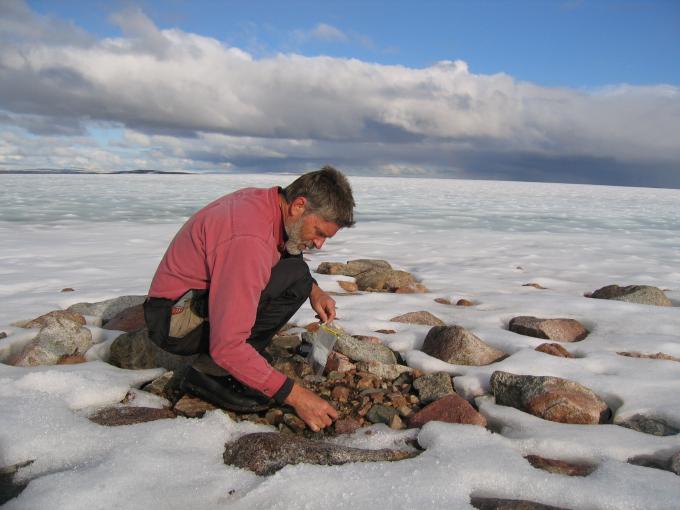
The Little Ice Age is a cold period that scientist have debated when begun, and how it started. New research sheds new light on this important time in question.
A new study published in the Geophysical Research Letters, states that the Little Ice Age was caused by the cooling effect of several volcanic eruptions and sustained by changes in the Arctic ice cover.
The research team conducted its work in Iceland and Canada, both in and near glaciers, and in ancient plants.
The eruptions happened earlier then many have predicted the ice age began, just before 1300. Nasa for example says that it happened around 1550.
This resulted in the Earth getting colder for centuries. The global dip was around 1°C, but parts of Europe cooled even more. The Thames River in London even froze.
Disputes have arisen over what caused the cooling, but the new study concludes it was the volcanic eruptions. The four eruptions between 1250 and 1300 blasted huge clouds of sulphate particles into the upper atmosphere which cooled the Earth, because the sun´s beamc was reflected back into space.

"This is the first time we can put an almost specific dates to the Little Ice Age," Icelandic researcher Áslaug Geirsdóttir said. She was one of the partners in the project.
"Key elements were the cores taken from the bottom of Hvítárvatn lake," she said. The lake is near Langjökull in Iceland.
The scientists studied several sites in north-eastern Canada and in Iceland where small icecaps have expanded and contracted over the centuries. When the ice spreads, plants underneath are killed and "entombed" in the ice. Carbon-dating can determine how long ago this happened, according to the BBC.
These plants provide a record of the icecaps' sizes at various times - and therefore, indirectly, of the local temperature.
An additional site at Hvítarvatn in Iceland yielded records of how much sediment was carried by a glacier in different decades, indicating changes in its thickness.
When the researchers plugged in the sequence of eruptions into a computer model of climate, they found that the short but intense burst of cooling was enough to initiate growth of summer ice sheets around the Arctic Ocean, as well as glaciers.
The extra ice in turn reflected more solar radiation back into space, and weakened the Atlantic Ocean circulation commonly known as the Gulf Stream.
The eruptions are known to cool the earth for a short period of time, not 8000 years, but the scientists have discovered how this happened.
Sources
Geophysical Research Letters
The tags below provide an opportunity to view previously posted related news within the selected category